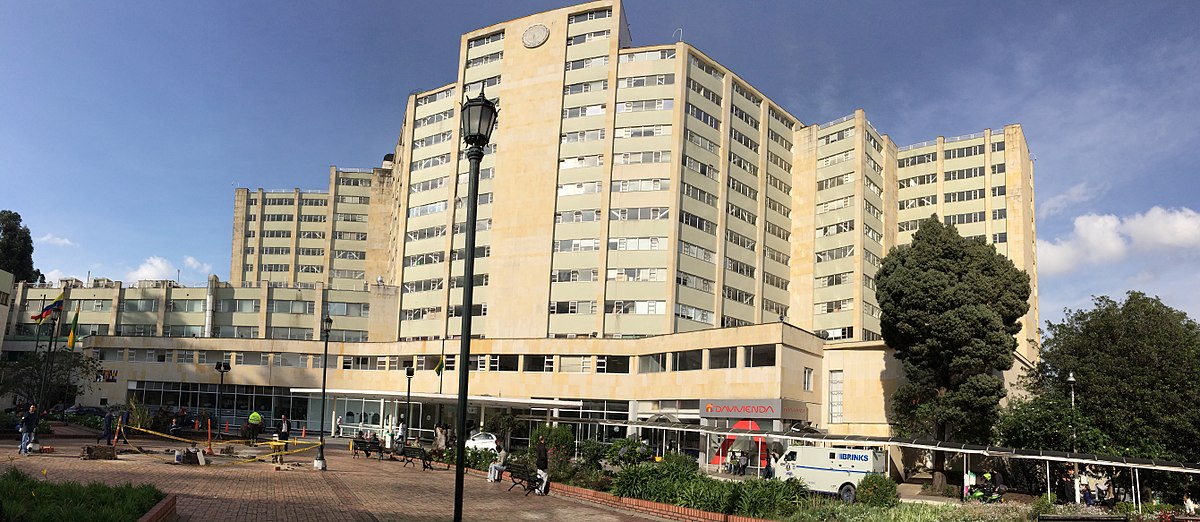Esta web utiliza cookies para que podamos ofrecerte la mejor experiencia de usuario posible. La información de las cookies se almacena en tu navegador y realiza funciones tales como reconocerte cuando vuelves a nuestra web o ayudar a nuestro equipo a comprender qué secciones de la web encuentras más interesantes y útiles.
Publicaciones
In this study we analyze the performance of 602 level 1 Colombian hospitals for the period 2009–2013. The analysis is carried out from both static and temporal perspectives in order to evaluate the evolution of total factor productivity (change in hospital performance) and its components throughout the period. The study also explores a question relevant not only to the Colombian health system, but to many others around the world, of whether primary care centers excessively refer patients to high-level hospitals, thereby negatively affecting the quality, efficiency, and effectiveness of all healthcare service provision. The results demonstrated that adjusted production (service provision) and levels of quality and referrals to higher-level hospitals could be improved, on average, by 44%. This increase in health service provision levels and their quality can be achieved by reducing personnel expenditure (by an average of 22%), expenditure on medicines (by 20%), and purchasing expenses (by 11%). The temporal analysis shows that total factor productivity (hospital performance change) worsened by 1% during the period, mainly due to the technological backlash experienced despite a slightly positive evolution in efficiency.
Giménez, V. M., W. Prieto, D. Prior y E. Tortosa-Ausina (2019). «Evaluation of efficiency in Colombian hospitals: An analysis for the post-reform period». Socio-Economic Planning Sciences 65 (marzo): 20-35.



